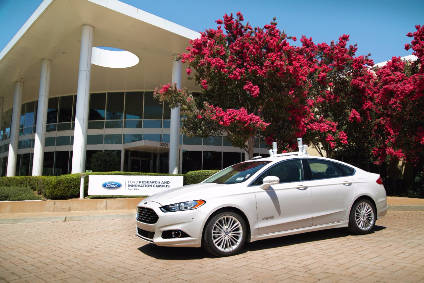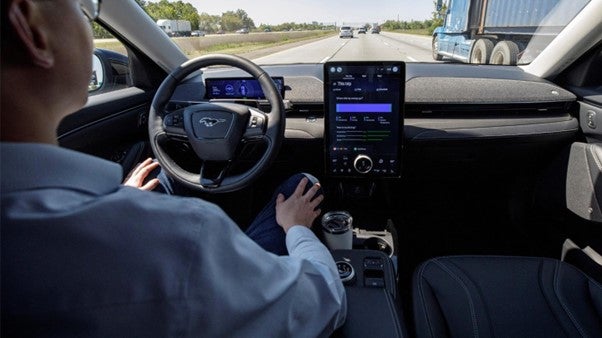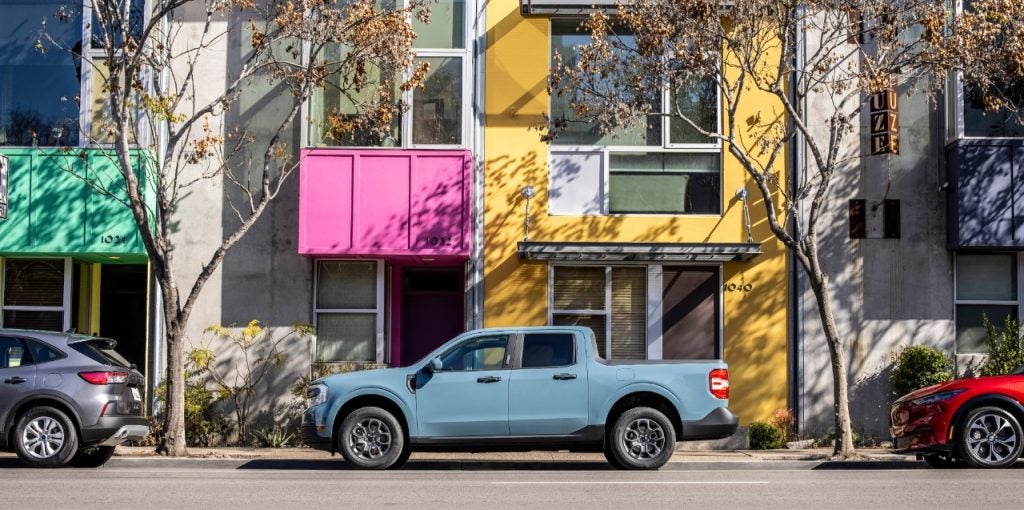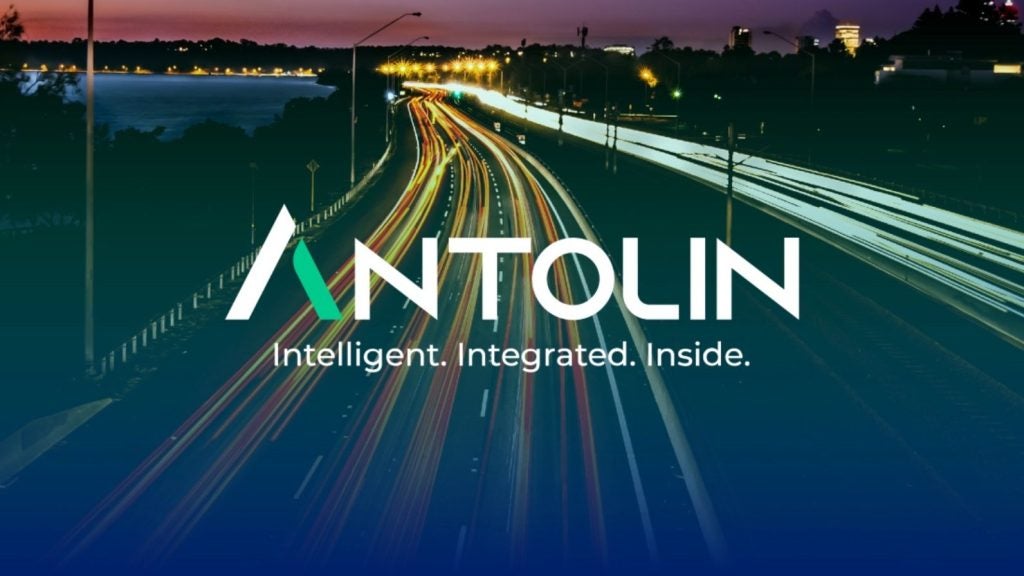
Ford is aiming to have an autonomous vehicle in commercial operation by 2021 and wants to have ‘high volume’ (over 100,000 units a year) to maximise the business opportunity via ride-hailing or ride-sharing.
At the company’s Investor Day this week, CTO Raj Nair outlined the company’s strategy in what it sees as a major new opportunity to exploit ‘transportation as a service’ in urban areas during the 2020s. By 2030, Ford forecasts that autonomous vehicles (AVs) will account for 20% of all vehicle sales.
Ford wants to have an SAE level 4 autonomous vehicle in commercial operation by 2021. It said the initial application will be in a ride-hailing or ride-sharing service. Nair described a scenario for full automation within a ‘geo-fenced’ area (with high resolution 3D mapping of roads in the defined territory, typically the centre of a large city with heavily used arterial routes to places such as airports or other geo-fenced areas).
Nair said that the AV Ford is working on is specifically designed for commercial mobility services. As such it will be on a bespoke engineering platform and will be radically different from conventional vehicles – it will not have a steering wheel, accelerator pedal or brake pedal.
Nair said that Ford views ‘transportation as a service’ as a significant opportunity for Ford.
He described the opportunity in terms of cost per mile and an emerging sweet spot for AVs, where that cost per mile can work out close to or below the cost of personal vehicle ownership. Ford’s calculations estimate that personal ownership of a car in the US comes in at around 70 cents a mile but up to $1.50, depending on the vehicle. “And in that model, you are driving yourself, self-employed in that aspect.” A taxi works out at around $6 a mile, “for the convenience of having someone drive you.” Mass transit is put at 30 cents a mile, “but doesn’t take you door-to-door and you’re having to live with the compromises of travelling with others”. Ride-hailing (eg Uber) is estimated at $2.50 a mile. Crucially, if you remove the driver from the ride-hailing service and put in an automated vehicle, that comes down to just $1 per mile, according to Ford’s calculations.
How well do you really know your competitors?
Access the most comprehensive Company Profiles on the market, powered by GlobalData. Save hours of research. Gain competitive edge.

Thank you!
Your download email will arrive shortly
Not ready to buy yet? Download a free sample
We are confident about the unique quality of our Company Profiles. However, we want you to make the most beneficial decision for your business, so we offer a free sample that you can download by submitting the below form
By GlobalDataNair pointed out that while he loves driving, he hates his commute. “If I had the opportunity to have a vehicle pick me up from my home and drive me in to Dearborn every day, five days a week, and it would be cheaper than me personally owning a vehicle, I would jump on it. And I think that’s true for a lot of our customers.
“This is why we think this could be a game-changing aspect of how personal mobility is viewed in the future.”
Nair said that while the cost of the vehicle goes up in the AV scenario (it will also be utilised much more highly), the labour saving by removing the driver more than compensates for that. “And the higher service cost is also an opportunity [for Ford],” he pointed out. But he also said the model is dependent on the ability to have a completely autonomous vehicle and deliver it to scale, which is where the fundamental opportunity for an OEM comes in.
Initial deployment, he envisages, will be in geo-fenced areas and corridors with high-definition 3D maps. “They will be major metropolitan areas, with corridors to airports or other geo-fenced areas. And they also coincide very well with the coverage of ride-hailing services right now, within the time that you call the service to an approximately 10-minute pick-up.”
Nair said Ford wants to introduce the AV as part of a high-volume commercial programme. “And when we say high-volume we mean over 100,000 units a year.”
He also described the development approach that Ford is taking for AVs, highlighting the dangers in SAE ‘level 3’ AVs, where there is a mix of human and automated control. In Ford’s plan, going straight to level 4 in geo-fenced areas avoids those automated-to-human control changeover safety risks, he said.
Nair also stressed the importance for safety of very high resolution 3D mapping in the geo-fenced area as part of what he termed ‘mediated perception’ rather than relying solely on the ‘direct perception’ of the advanced technology provided by cameras, radar and lidar.
 |
|
Raj Nair presented an economic model for road transport that showed a sweet spot for AVs (source: Ford) |
 |
|
He also illustrated how ‘geo-fencing’ for AVs might work for metropolitan areas (source: Ford) |







